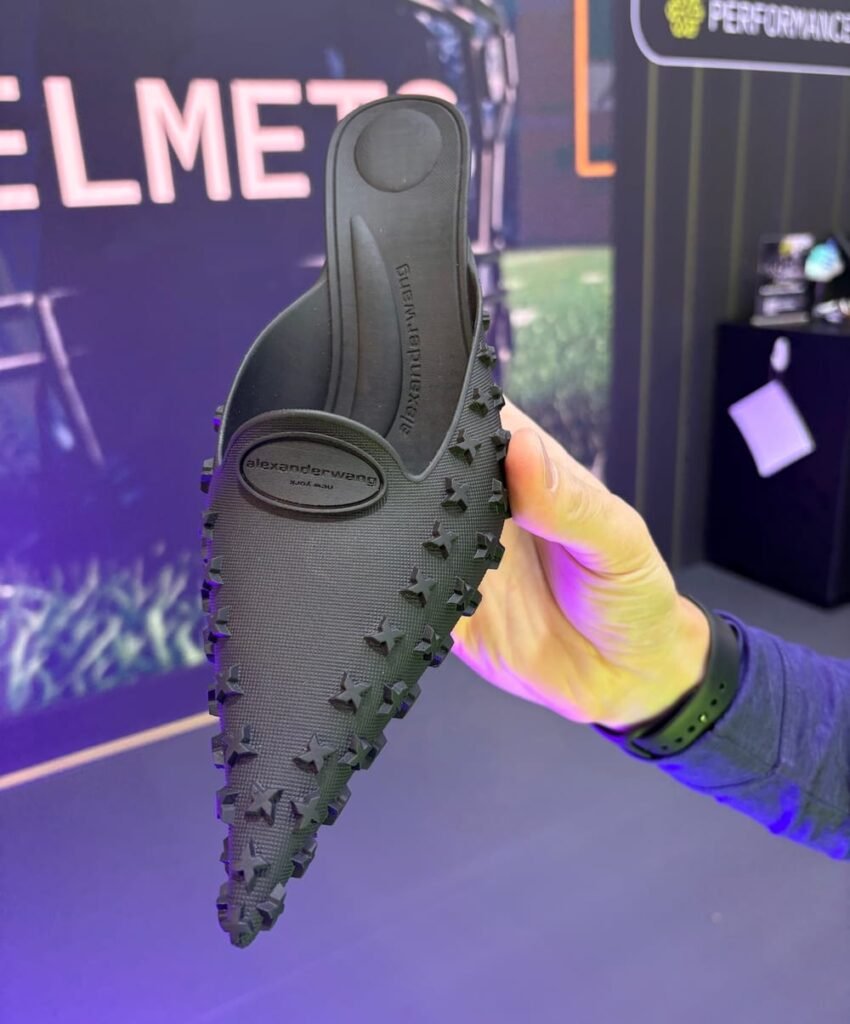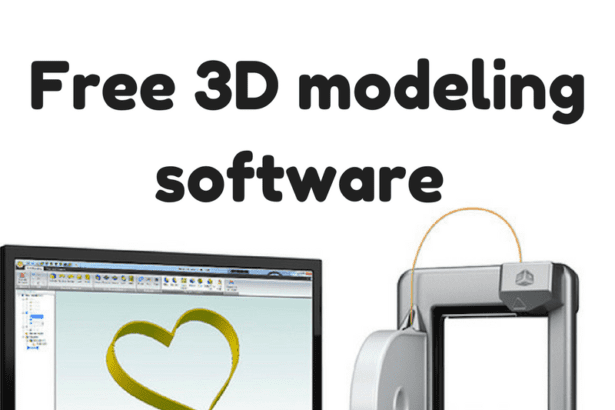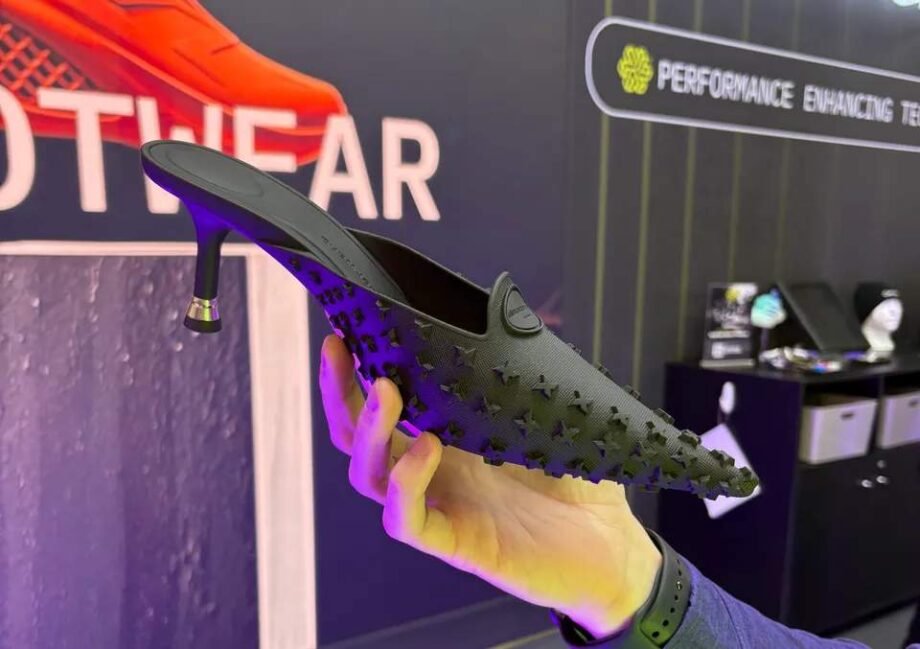Introduction
Alexander Wang’s 3D-printed Griphoria kitten heels debuted during his Spring 2026 “Matriarch” collection — and immediately captured attention for one bold claim: they might be some of the most comfortable heels ever made. Built in collaboration with HILOS and Carbon, these heels use futuristic lattice engineering and soft elastomers more commonly seen in high-performance sneakers. But does that actually translate to real comfort, or is it just runway hype? This review breaks down the materials, design, and comfort technology to see how the Griphoria compares to traditional kitten heels.
What Makes the Griphoria Heels Different?
The Griphoria heel isn’t just a typical fashion heel with a tech twist — it’s a radical redesign of how a stiletto can be built.
Key Innovations
- Single-unit 3D-printed upper and footbed made from Carbon’s EPU46 elastomer.
- Separate 3D-printed heel component using RPU70 rigid resin.
- Micro-textured upper for a sleek yet futuristic finish.
- Zero stitching, zero adhesives, nearly zero waste, thanks to Carbon’s Digital Light Synthesis (DLS) technology.
These choices set the stage for a heel that claims to be more comfortable, more sustainable, and more technically complex than anything traditionally manufactured.
Materials: The Secret Behind the Comfort
EPU46 Footbed Feel (Primary Comfort Material)
Carbon’s EPU46 is a soft, rubber-like elastomer normally used for cushioning athletic midsoles. For the Griphoria, it forms the upper and the footbed in one seamless print.
Its benefits include:
- High energy return — springy, responsive cushioning.
- Variable lattice zones — softer under the ball and heel, firmer at the arch.
- Shock absorption that rivals sneaker midsoles rather than hard dress-shoe insoles.
RPU70 Heel (Stability + Support)
RPU70 is a rigid polyurethane used to form the slim heel.
- Strong and heat-resistant
- Ensures the kitten heel stays stable under pressure
- Lightweight but durable
This combination is the core of why the Griphoria could outperform typical heels in comfort.

How We Evaluated Comfort
Comfort is highly subjective, especially for heels. Since long-term consumer wear isn’t available yet, this review uses criteria based on materials, engineering, expert evaluations, and expectations from traditional heel performance.
Comfort Test Criteria
- Cushioning softness – Does the EPU46 lattice feel plush?
- Pressure distribution – Does the lattice reduce forefoot pain?
- Fit and stability – Does the slipper-style design stay secure?
- Flexibility vs support – Does the heel feel stable during movement?
- Surface feel – Does the micro-texture irritate or enhance comfort?
Comfort Review: How Does It Actually Feel?
1. Cushioning & Softness
Experts who tried the heel at NYFW and Formnext called it surprisingly soft — “some of the most comfortable 3D printed heels to date.” The multi-density lattice absorbs shock under the ball and heel, two pressure zones that typically cause pain.
2. Pressure Relief
Unlike traditional stilettos with hard insoles, the Griphoria uses a sock-like footbed that conforms to the foot. This helps alleviate forefoot pressure, though extended long-term wear data isn’t available.
3. Fit & Stability
The slip-on design is elegant but may not be ideal for everyone. Without straps, the fit depends heavily on foot shape. The modest kitten heel height improves stability compared to tall stilettos.
4. Overall Wearability
The engineered cushioning is a major advantage over conventional heels. However, because this is still a runway piece, its durability and long-term comfort remain untested.
Side-by-Side Comparison: Griphoria vs Traditional Kitten Heels
| Feature | Griphoria (3D-Printed) | Traditional Kitten Heels |
|---|---|---|
| Cushioning | Soft EPU46 lattice | Thin foam or leather |
| Weight | Moderate | Light to moderate |
| Support | Engineered lattice zones | Basic arch support only |
| Stability | Good (due to low heel) | Varies by design |
| Breathability | Moderate | Depends on materials |
| Long-term durability | Unknown | Established |
Verdict: In terms of cushioning alone, the Griphoria outperforms most traditional kitten heels.
Where the Comfort Claims Hold Up (and Where They Don’t)
What Lives Up to the Hype
- The lattice cushioning genuinely appears softer than typical heel insoles.
- The footbed is engineered with sneaker-like performance properties.
- Early testers confirm unexpected comfort for a heel.
What Still Needs Real-World Data
- How well the cushioning holds up after hours of walking.
- Whether the slip-on design works for different foot types.
- Long-term fatigue resistance of the materials.
Final Verdict: Are They the Most Comfortable High Heels Yet?
Potentially — but with limits. The Griphoria heels offer engineering advantages impossible in traditional heels. The EPU46 lattice cushioning is a game-changer, and the comfort feedback so far is unusually positive for stilettos. However, until these shoes reach everyday wearers, the claims remain promising but not proven.
If comfort innovation in fashion heels had a front-runner, the Griphoria is it.




